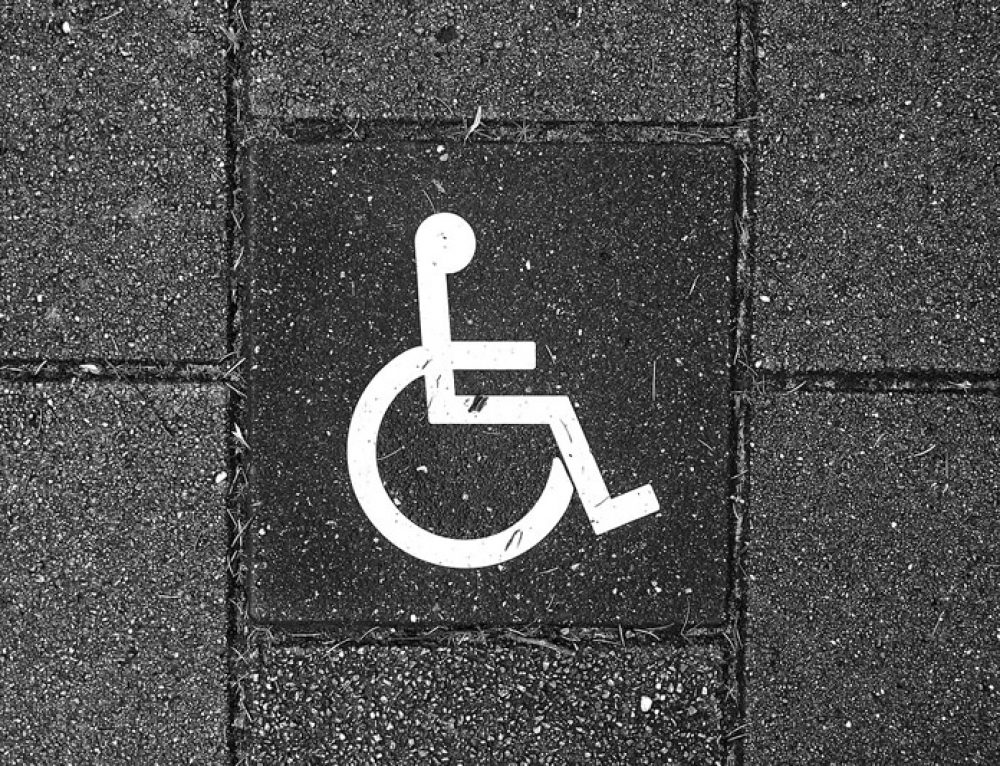The Home Renovation Incentive (HRI) scheme enables homeowners or landlords to claim tax relief on repairs, renovations or improvement work that is carried out on their main home or rental property by tax-compliant contractors and that is subject to 13.5% VAT. With effect from 1 January 2017, HRI has been extended to local authority tenants who have written consent from the local authority to carry out the works.
The HRI is paid in the form of a tax credit at 13.5% of qualifying expenditure, which can be set against your income tax over 2 years. This effectively reduces the rate of VAT to zero on qualifying work, up to a value of €30,000.
In order to qualify for the HRI, the work must be done between 25 October 2013 and 31 December 2018 for homeowners; between 15 October 2014 and 31 December 2018 for landlords; and between 1 January 2017 and 31 December 2018 for local authority tenants.
Rules
To qualify for the HRI as an owner-occupier, the work must be carried out on your principal private residence. As noted above, landlords can qualify in respect of work done on their rental properties, which must be registered with the Residential Tenancies Board.
You must be paying income tax – whether under PAYE or self-assessment – to avail of the HRI.
If you are a homeowner or a landlord, you must be up to date with your obligations under the Local Property Tax.
If you are a local authority tenant, you must get prior written consent from the local authority to carry out the works.
Any contractor you use must be registered for Value Added Tax (VAT) in Ireland and be tax-compliant. Revenue has published FAQs for contractors. If several contractors, such as a builder, a plumber and an electrician, carry out qualifying work on your home or rental property, you can combine the cost of the works to make up the minimum qualifying amount – see ‘Rates’ below.
Qualifying work
The type of work that qualifies for the HRI is repair, renovation or improvement work that is subject to VAT at 13.5%. This includes extensions, garages and attic conversions; the supply and fitting of kitchens, bathrooms and built-in wardrobes; fitting of windows; garden landscaping; plumbing, tiling, rewiring, plastering and painting.
If you are having your septic tank repaired or replaced, or are installing a radon gas mitigation solution, these types of work also qualify for the HRI. Work on driveways and on rainwater harvesting systems can also qualify. There are more examples of qualifying work on revenue.ie. If you are unsure about whether your works will qualify, contact your Revenue office – see ‘Where to apply’ below.
Work that is subject to VAT at 23% (such as architect’s fees) is not covered. Neither are items such as furniture, white goods or carpets.
Homeowners: In general, the work must be carried out and paid for between 25 October 2013 and 31 December 2018. Qualifying work between 25 October 2013 and 31 December 2013 is treated as if it was carried out and paid for in 2014.
Landlords: In general, the work must be carried out and paid for between 15 October 2014 and 31 December 2018. Qualifying work between 15 October 2014 and 31 December 2014 is treated as if it was carried out and paid for in 2015.
Local authority tenants: The work must be carried out and paid for between 1 January 2017 and 31 December 2018. Prior written consent is required from the local authority to carry out the works.
Further information
Revenue has published general information about the HRI and specific information for homeowners and landlords, as well as a guide for homeowners and landlords (pdf) and a guide for contractors (pdf). There is also detailed information in Revenue’s Tax and Duty Manual (pdf).
Information will be available shortly on how local authority tenants can claim HRI relief. In the meantime, local authority tenants can contact their Revenue office for further information.
Rates
The qualifying work must cost at least €4,405 before VAT at 13.5%, which comes to a total of €5,000 with VAT included. You will only get the tax credit in relation to a maximum of €30,000 (before VAT) during the period covered by the HRI.
The minimum credit is €595, based on the minimum qualifying expenditure of €4,405. The maximum is €4,050, based on the maximum qualifying expenditure of €30,000.
If you are claiming a grant for the works, or if they are covered by an insurance claim, the amount of your expenditure that qualifies for HRI will be reduced.
How to apply
Claiming the credit
You can claim the HRI tax credit after the end of the tax year if your qualifying expenditure has reached the minimum amount of €4,405 before VAT (a total of €5,000) and you have paid income tax. Any unused tax credit can be rolled over into the following year.
In general, the tax credit is payable over the 2 years following the year in which the work is carried out and paid for. If you are on PAYE, your HRI tax credit will be divided evenly across your pay dates for each of the 2 years that it is payable. If you are a self-assessed taxpayer, it will be included in your self-assessment over 2 years, half the tax credit each year.
- For homeowners, 2015 was the first year in which you could claim a HRI credit
- For landlords, 2016 was the first year in which you could claim a HRI credit
For local authority tenants, 2018 will be the first year in which you can claim a HRI credit – this will be for payments made in 2017. Further information will be published shortly. In the meantime, you should contact your Revenue office for information.
Details of the work
For you to be able to claim the HRI credit, your contractor(s) must enter details of the work on the HRI online administration system. This system is only accessible to contractors who are registered for VAT and are tax-compliant.
Revenue advises applicants to log in to HRI online (see ‘Where to apply’ below) to check that their contractors have correctly entered details of the works and payments.
Checklist
You should also:
- Ensure that you have paid or arranged to pay any Local Property Tax (LPT) that is due
- Check that your contractor has a VAT number and is tax-compliant
- Ensure that the work qualifies – see ‘Qualifying work’ above
- If you are a local authority tenant, get written authorisation from the local authority before getting any work done
- Keep all supporting documentation – tax clearance certificates, estimates, receipts etc.
- Give the contractor the LPT Property ID of your property but not your LPT PIN or your Personal Public Service Number
Where to apply
To claim the HRI credit, use the HRI online system, which you access through Revenue’s myAccountservice or through the Revenue Online Service (ROS).
If you are a local authority tenant, you should contact your Revenue office for information.
If you need to check whether your work qualifies for the HRI, use the Revenue Contact Locator to locate your Revenue office.
Credit: Citizens Information



